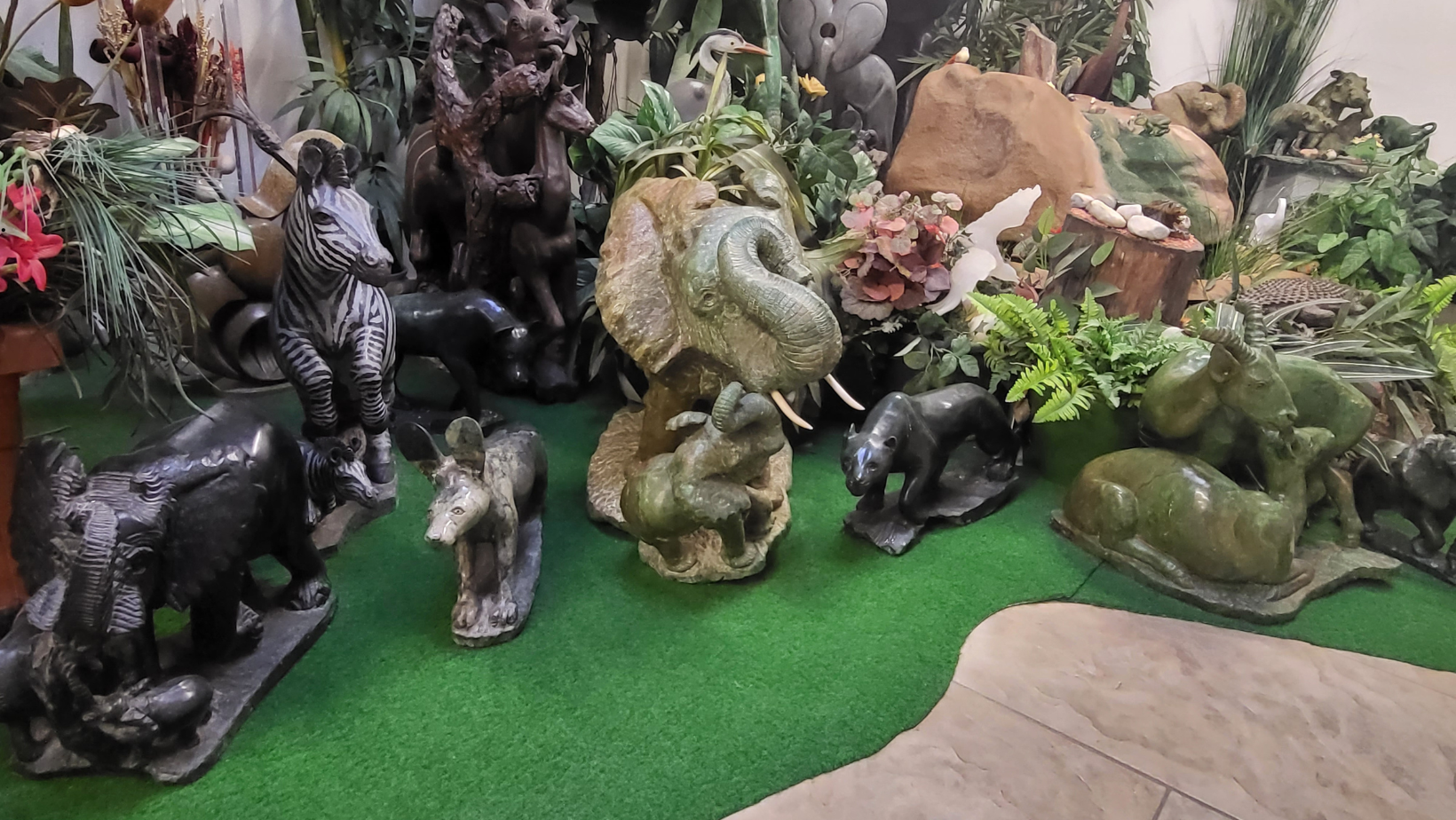For generations, Shona sculptors have drawn inspiration from the abundance of wildlife that graces their land. Elephants, lions, leopards, and the iconic Zimbabwean birds, like the hornbill and the fish eagle, come to life under the skilled hands of these artisans. The sculptures capture not just the physical forms of these animals but also their essence, their movements, and their place within the ecosystem.
This deep connection between wildlife and Shona sculpture has become a cornerstone of the Shona people's livelihoods. The sale of these sculptures provides a vital source of income for many families, particularly in rural areas. As tourism has grown in Zimbabwe, Shona sculptures have gained international recognition, attracting collectors and art enthusiasts from around the globe.
Despite their popularity, Shona sculptures often remain undervalued for the immense skill and effort that goes into their creation. Each sculpture is a labor of love, requiring meticulous attention to detail, patience, and a deep understanding of the subject matter. From selecting the perfect stone to carving the intricate details, each step in the process demands dedication and expertise.
The appreciation of Shona sculpture has not only enriched the lives of the Shona people but has also played a crucial role in wildlife conservation. As the demand for Shona sculptures grows, so does the awareness and appreciation of Zimbabwe's wildlife. Tourists who purchase these sculptures are not just taking ""Home"" beautiful souvenirs; they are also contributing to the preservation of the animals that inspire them.
For the Shona sculptors, the connection to wildlife extends beyond art and commerce. It is a deep-rooted cultural and spiritual bond. They recognize that their livelihoods are inextricably linked to the survival of these animals. By portraying wildlife in their sculptures, they are not just creating objects of beauty; they are also advocating for the protection of their natural heritage.
The Shona people's enduring connection to wildlife has not only produced remarkable works of art but has also fostered a sense of responsibility towards conservation. As their sculptures continue to grace ""Home""s and galleries worldwide, they serve as a reminder of the importance of protecting Zimbabwe's precious wildlife, ensuring that these magnificent creatures continue to inspire future generations of artists and conservationists alike.
